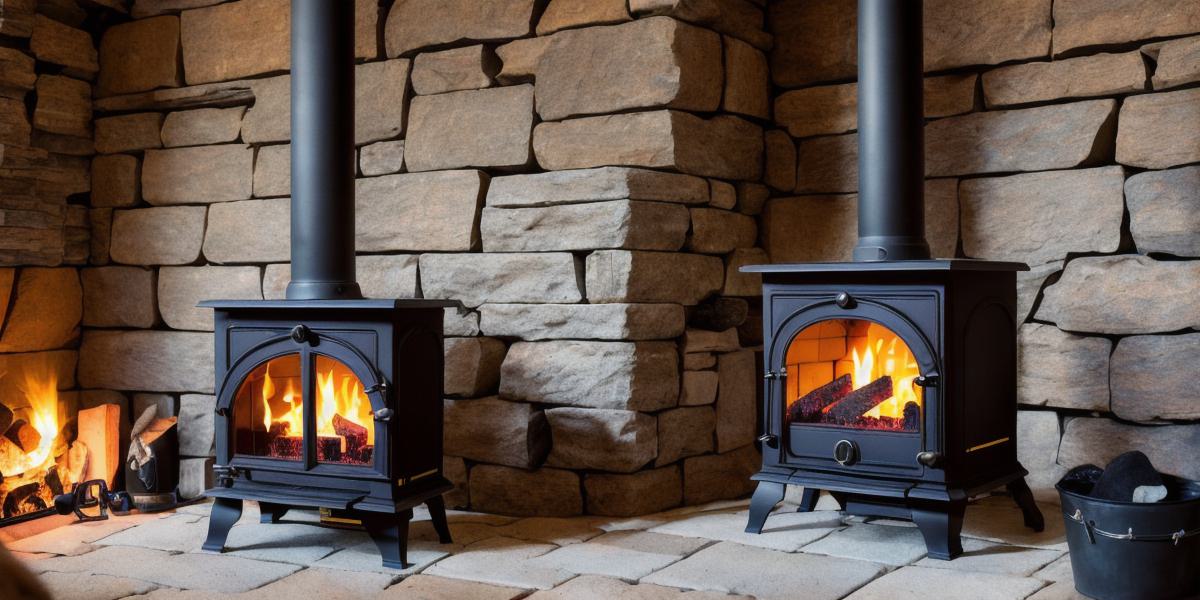A clean wood fireplace is not only more visually appealing but also safer and more efficient. Dirt and soot buildup inside the fireplace can reduce airflow, making it harder for the fire to burn hotter and longer. It can also lead to harmful gases like creosote accumulating, which can be dangerous if inhaled. To prevent these issues, regular cleaning is necessary.
Tools and Materials Needed:
- Bucket or container for holding soot and debris
- Gloves to protect hands from hot surfaces
- Fireplace brush or scoop for removing debris from the fireplace
- Chimney brush for cleaning the flue lining
- Chimney cap for preventing moisture intrusion
- Baking soda or white vinegar for neutralizing odors

- Rubber gloves and goggles to protect eyes and skin
Steps to Clean Your Wood Fireplace:
- Turn off the fire and let it cool down completely.
- Use a bucket or container to catch any debris that falls out of the fireplace as you remove it.
- Put on gloves and goggles, then use a fireplace brush or scoop to remove any loose debris from the fireplace. Dispose of this debris in a safe location.
- Use a chimney brush to clean the flue lining, starting at the base of the chimney and working your way up towards the cap. Brush away any soot and debris that may have accumulated.
- If there are any stubborn areas, use baking soda or white vinegar to help dissolve the residue. Mix a small amount with water in a spray bottle and apply it to the area. Let it sit for a few minutes before scrubbing it away with your brush.
- Once everything is clean, use a chimney cap to prevent moisture intrusion and ensure that the flue lining stays dry. This will help prevent future problems like mold growth and water damage.
FAQs:
- How often should I clean my wood fireplace? At least once a year, or more frequently if used regularly.
- Can I use water to clean my wood fireplace? No, using water can cause damage to the flue lining and lead to moisture intrusion. Instead, use baking soda or white vinegar to neutralize odors and help dissolve residue.
- What is creosote, and why should I be concerned about it? Creosote is a tar-like substance that can accumulate in the flue lining of your wood fireplace. It’s important to clean away any creosote buildup, as it can be harmful if inhaled.
- How do I know if my chimney cap is damaged? If the cap is damaged or missing, water may come into the fireplace when it’s raining, and you should check the cap for cracks and other signs of damage before cleaning.
In conclusion, cleaning a wood fireplace is crucial for its safety and efficiency. By following these steps and using the right tools, you can effectively clean your fireplace and keep it looking great all year round. So gather your supplies and get ready to transform your wood fireplace into a safe, efficient, and beautiful focal point of your home.



